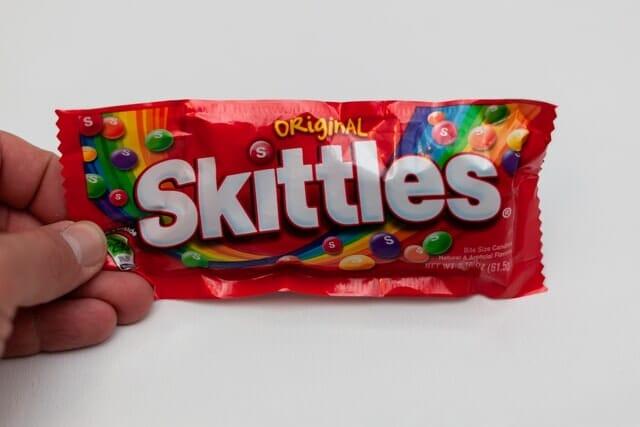The latest U.S. Dietary Guidelines Ignore Scientists’ Advice. The scientific committee they had appointed, and instead, reverted to the recommendation of the previous guidelines.
 Why would that be so?
Why would that be so?
Food industry groups had lobbied intensely against the scientific committee’s proposed new limits.
The American Beverage Association, which represents drink makers including Coca-Cola and PepsiCo, urged the government to keep the 10% added-sugars limit during a public meeting in August. In response to the new guidelines, the organization’s president and chief executive Katherine Lugar said in a statement, “America’s beverage companies appreciate the common sense approach taken by USDA.”
The alcohol industry also lauded the government’s decision, with a spokesman for the Beer Institute praising “maintaining the long-standing definition of moderate alcohol consumption.”
U.S. Dietary Guidelines Ignore Scientists’ Advice
The scientific committee, which was composed of 20 academics and doctors, had recommended
- cutting the limit for added sugars in the diet to 6% of daily calories from 10% in the current guidelines, citing rising rates of obesity and the link between obesity and health problems like Type 2 diabetes, heart disease and cancer.
- lowering the limit for alcohol for men to one drink per day from two, matching the guidance for women. It pointed to research linking greater alcohol consumption to a higher risk of death.
 What Are the U.S. Dietary Guidelines?
What Are the U.S. Dietary Guidelines?
The U.S. Dietary Guidelines for Americans are updated every five years and are meant to reflect the current scientific consensus on nutrition.
Though they’re obviously only recommendations, they do shape federal policies and programs focused on nutrition, such as
- school meal programs
- influence the food and restaurant industry at large
- mold state and local health-promotion efforts
- influence what food companies produce
- impact on Americans’ eating habits
- influence food stamp policies
- indirectly affect how food manufacturers formulate their products.
As part of the updating process, the government brings together a panel of outside advisors to go over the latest nutrition research and suggest any changes if needed. In July, their draft report was released.
Among other things, the panel called for a clear change on how much alcohol men should drink. They asked for the guidelines to recommend that men drink no more than one alcoholic beverage a day on days they do drink, down from the previous cap of 2 drinks a day. Women, as before, would be recommended to keep it to one drink a day as well.
 What Changes Did They Approve?
What Changes Did They Approve?
There were other changes suggested by the panel that made it to the new guidelines.
Here are a few:
- Children under age 2 consume no added sugars at all. This is the first time the guidelines have included recommendations for toddlers and children
- Recommending the benefits of breastfeeding
- Recommending pregnant women eat seafood that’s rich in omega-3 fatty acids and low in mercury.
- They also contain language stating that the “evidence supports limiting intakes of added sugars and alcoholic beverages to promote health and prevent disease.
But they explicitly do not endorse the recommended changes to lower alcohol consumption as well as added sugars, arguing that the “evidence reviewed since the 2015-2020 edition does not substantiate quantitative changes at this time.”
 What Are Added Sugars?
What Are Added Sugars?
Added sugars are those found in processed foods—in everything from soda to breakfast cereal—as well as honey and sugar itself. They don’t include sugars naturally found in foods like fruit and milk.
The main sources of added sugars in the American diet are sweetened beverages — including sodas, as well as sweetened coffees and teas — desserts, snacks, candy, and breakfast cereals and bars. Most Americans exceed even the 10 percent benchmark; sugars make up 13 percent of daily calories, on average.
A Lost Opportunity
This is a lost opportunity for a stronger public health message.
Alcohol consumption increases the risk of several types of cancer—including stomach, liver, colorectal and esophageal cancer—which are more common in men than in women.
Poor diet is linked to rising rates of obesity and chronic illnesses including Type 2 diabetes.
More than 70% of U.S. adults ages 20 and older are overweight or obese, according to 2015-2016 figures from the Centers for Disease Control and Prevention. About 42% are obese, according to 2017-2018 CDC data.
BLOGS WE NEED FOR PUBLIC HEALTH
























 Why would that be so?
Why would that be so? What Are the U.S. Dietary Guidelines?
What Are the U.S. Dietary Guidelines? What Changes Did They Approve?
What Changes Did They Approve? What Are Added Sugars?
What Are Added Sugars?



